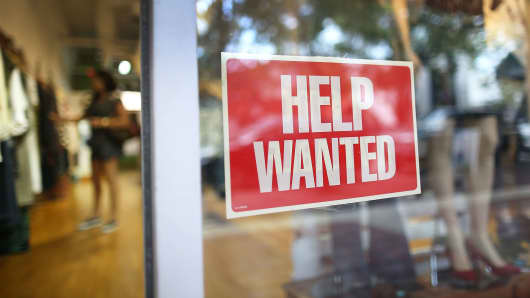Economists currently expect to see that 180,000 jobs were added to nonfarm payrolls in July, according to a consensus estimate from Thomson Reuters. But I would not be surprised to see a 'miss' when numbers are reported on Friday. The evidence is clear that the job growth slowdown this year is the beginning of a trend, and not an anomaly.
While there was plenty of excitement over the June payroll report that saw job gains of 287,000, it only brought the three month average to 147,000 which compares with the six month average of 172,000 and an obvious slowdown from the 229,000 average seen in 2015 and 251,000 in 2014.
The moderation in the pace of job gains reflects two very important factors. First, this is typical of late economic cycle behavior. We are approaching year eight of this expansion and it is becoming more and more difficult to find qualified warm bodies to fill job openings. With the participation rate hovering around the lowest level since 1977, the challenge is ever more acute.
This supply side constraint on the labor market is also a key reason why economic growth has not been able to break out above of its 2-2.5 percent growth rate.
The second reason that we're seeing a hiring slowdown is the dramatic shift over the past five quarters in the direction of corporate profits and margins. Granted, energy firms have been the main factor in dragging profits lower in the aggregate but we're seeing a profit slowdown in many other industries as well, to the point where earnings are now falling even excluding energy.



